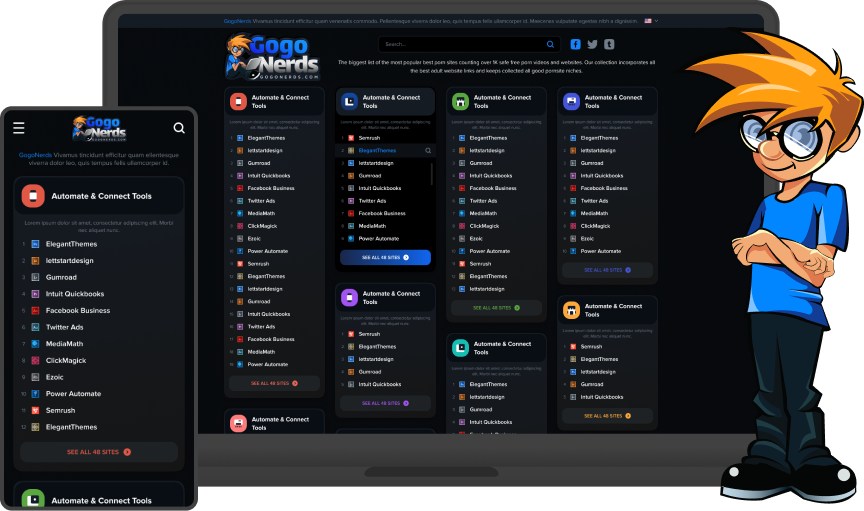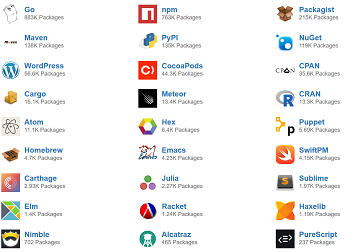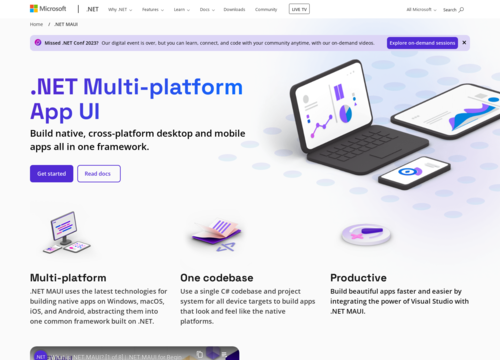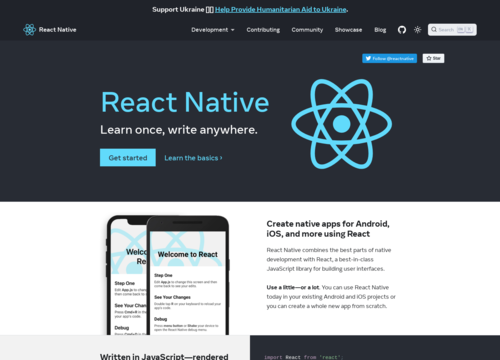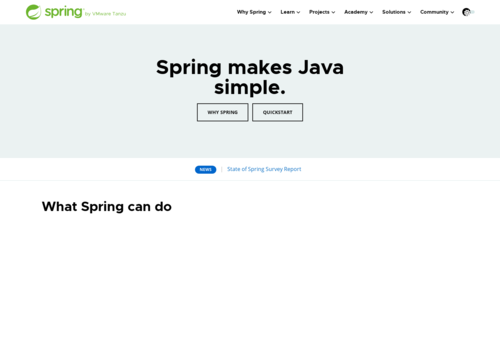Keras
https://keras.io/Keras
Keras is an open-source software library that provides a Python interface for artificial neural networks. It was developed with a focus on enabling fast experimentation, which is a key aspect in the field of research and development of deep learning algorithms. Here's a detailed breakdown:
User-Friendly API
One of the core design principles of Keras is its user-friendliness. It offers a consistent and simple API that minimizes the number of user actions required for common use cases, making it more accessible, especially for beginners in deep learning.
Modularity
Keras is designed to be modular, which means that it consists of separate, interchangeable components that can be easily pieced together. For example, you can easily swap different neural network layers, optimizers, or loss functions depending on your needs.
Flexibility
Despite its simplicity, Keras is quite flexible. It supports convolutional networks, recurrent networks, and a combination of the two. It also supports arbitrary connectivity schemes (including multi-input and multi-output training), making it suitable for a wide range of applications.
Backend Compatibility
Keras acts as an interface for the TensorFlow library, but it was originally designed to support multiple backends. This means it can run on top of different deep learning computation engines. While its primary focus is now on TensorFlow, this backend compatibility was key in its early adoption.
Pre-trained Models
Keras provides access to numerous pre-trained models for tasks like image and text classification. These models, which have been trained on large datasets, can be used for transfer learning, where you adapt these pre-trained models to new tasks with your specific data.
Community and Support
Since its release, Keras has built a large community of users and contributors. This community has developed extensive documentation, tutorials, and guides, making it easier for newcomers to start and for practitioners to solve problems.
Applications
Keras is widely used in industry and academia for a variety of applications ranging from image and speech recognition to natural language processing and recommender systems. Its ease of use and flexibility make it a popular choice for both prototyping and deploying deep learning models.
Customization and Extensibility
Keras is not just for straightforward implementations of common models; it also allows for deep customization. Users can define their own layers, loss functions, and metrics, which is particularly useful for research or unique applications that require bespoke solutions.
Data Preprocessing and Augmentation
Keras includes utilities for data preprocessing and augmentation, which are essential in deep learning workflows. These tools help in preparing datasets for training, such as normalization, resizing images, or augmenting data with transformations to improve the robustness of the models.
Integration with Other Tools
Keras seamlessly integrates with other Python libraries, such as NumPy and SciPy, and can be used alongside other data processing and visualization tools. This makes it a part of a broader ecosystem that is essential for data scientists and AI researchers.
Training Process
Keras simplifies the model training process. It allows for easy configuration of batch sizes, number of epochs, and training/validation splits. The training process can be visualized using callbacks, which are utilities that help to view the internal states and statistics of the model during training.
Serialization and Saving
Keras models can be easily saved and loaded, which includes both the architecture of the model and its trained weights. This is crucial for deploying models in production or for sharing models with others.
Cross-Platform and Cross-Language
Keras models can be run on different platforms, including both CPUs and GPUs. Its models can also be exported to run in different environments, even outside Python, such as in web browsers or mobile devices through TensorFlow.js and TensorFlow Lite.
Contribution to the AI Field
Keras has played a significant role in democratizing AI by making deep learning more accessible and easier to understand. It has been used in numerous academic papers and projects, contributing to the advancement of the field.
Keras stands out for its ease of use, modularity, and flexibility, making it a preferred choice for both beginners and experienced practitioners in the field of deep learning. Its integration with TensorFlow, support for various neural network architectures, and access to pre-trained models enhance its utility and applicability in diverse scenarios.

More Categories
Back To Home